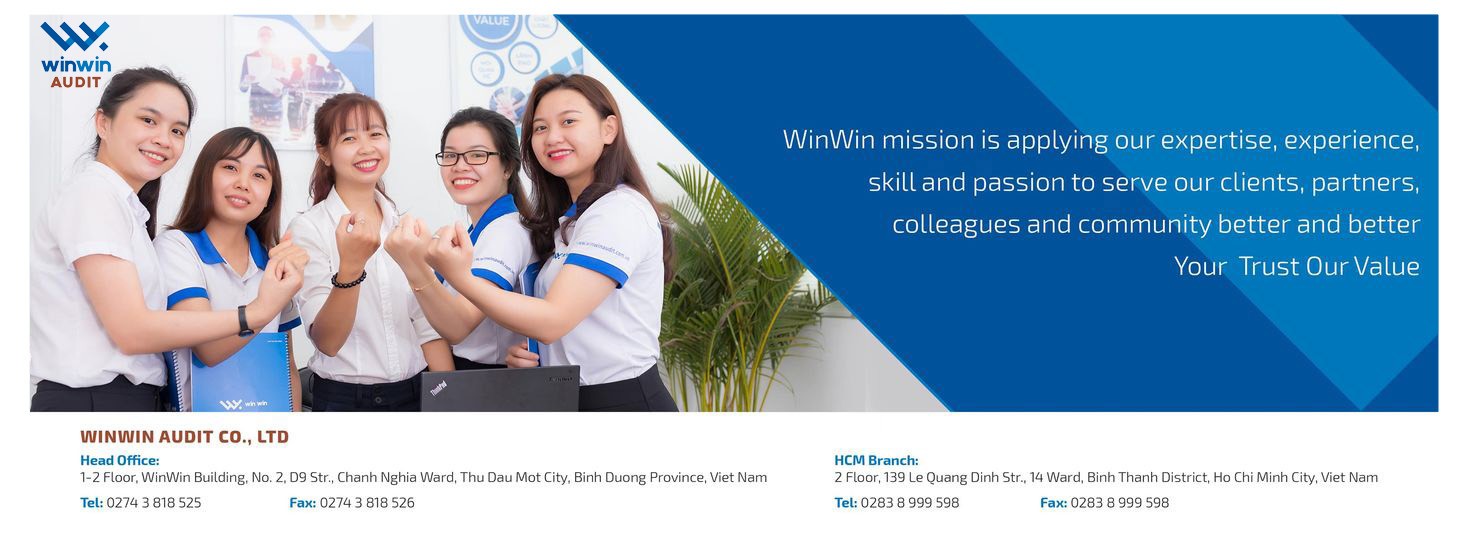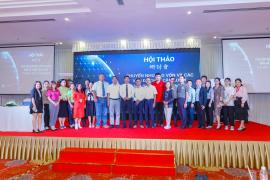5 ways firms can use technology to transform audits
Technology has been transforming audits for years, and that trend will only accelerate with the Statement on Auditing Standards (SAS) No. 142, Audit Evidence, which took effect on Dec. 15, 2022.
SAS No. 142 addresses the use of emerging technologies used by auditors and clients and gives examples of ways tools such as software for data analytics, artificial intelligence, and drones can be used by auditors.
"SAS 142 will have a butterfly effect," said Brian Jackson, CPA, audit technology partner with Crowe LLP, based in Chicago. "It's a seed we plant today about how we can use more technology that will open up transformations we haven't even thought about in coming years."
Firms and organizations across the country have already implemented many technologies to improve the efficiency and effectiveness of the audit process, but some firms have been slower to embrace new tools.
"I think there's a lot of skepticism, which is a good thing. Auditors are very skeptical about software and whether technology is really going to do what it says it's going to do," said Samantha Bowling, CPA, CGMA, audit partner at Garbelman Winslow in Maryland and a member of the AICPA Auditing Standards Board (ASB). "I am seeing more adoption within the last year, but I think it's slower than it needs to be."
The emergence of third-party vendors targeting specific aspects of the auditing process, from data gathering to client portals, has allowed even small firms to keep pace with the changes.
"I'm seeing increased use of data analytics, client collaboration tools, and queueing systems that allow for the distribution of work across the firm," Jackson said.
For those looking to harness technology to transform the audit, consider these five tips for effective implementation:
Designate a technology budget and reward innovation. Firms should start by creating a technology budget and hiring someone, or even nominating existing personnel, to serve as an "innovation champion."
"If they really want to succeed in adopting new technology and being innovative, [firms] definitely need to hire someone and make them their innovation champion so that's their sole responsibility," Bowling said. "And if you can't hire a champion, build the compensation for innovation into your firm."
Incentivizing innovation is done through bonuses and by not punishing employees who have administrative time for making the firm better, according to Bowling. Too often, firms measure employees solely by their percentage of billable time benchmarks.
Firms that don't reward innovation are unlikely to have successful transformations.
As more and more firms adopt new technologies, others will be forced to catch up.
"They think if it's not broke, let's not fix it, but they don't realize it is broken, so they need to fix it," Bowling said.
Think long term. When planning and budgeting for innovation, firms need to look beyond the current fiscal year.
"Successful practitioners envision where automation will benefit the next audit," said Brad Ames, CPA, senior director, internal audit at Supermicro in San Jose, Calif. "Firms need to intentionally set milestones two to three years in advance so they can deploy innovation in their future engagements systematically like a road map."
Jackson encourages firm leaders to look even further ahead toward the next 10 years.
"Let's think 10 years out so we can free ourselves from the constraints of today," he said. "And that's hard to do, but an easier way is to look 10 years back and think about how much has changed. If you question whether the cost of technology is worth the benefit, look back on the past few years. Without tools like Zoom and Microsoft Teams how would we have survived?"
Manage expectations about what technology can do. Introducing new technologies into the audit can be risky.
If auditors over-rely on technology, they risk accepting the output without further analysis or investigation. SAS No. 142 provides guidance on reliability, noting that the reliability of audit evidence "depends on the nature and source of the audit evidence and the circumstances under which it is obtained." SAS No. 142 requires the auditor to evaluate the information's reliability and relevance.
"As auditors we need to have an understanding about how the technology works so we can discern the results and be able to make judgments about what's coming out of these AI-driven technologies," Jackson said.
In addition to maintaining professional skepticism with new tools, Bowling argues that auditors should also avoid under-relying on technology.
"I feel, in my world, there's more of an under-reliance on technology, meaning people are not using technology, or they adopt something, but they don't fully integrate it into their audit processes," she said. "They don't spend the time to really understand the capabilities of the software and how it changes what they're doing."
Take a holistic approach to transformation. Jackson uses the example of Edison and the light bulb to illustrate the importance of thinking holistically about technological implementation.
"It wasn't really the light bulb that was genius, it was figuring out all of the infrastructure and ways of distributing energy needed to get people to move from kerosene lamps to the light bulb," he said. "You have to think about it holistically. We need to make sure our people are properly trained to use [new technology] and understand how the results are derived. How do we bring our people along for the journey?"
Another key consideration when adopting new tools is client compatibility. Some clients, for example, may still be using antiquated accounting ledger systems that are incompatible with new cloud-based systems.
"Understanding what your clients use and how compatible that is with what's out there is something people should definitely consider before they adopt a new technology," Bowling said.
And once your firm decides to implement a new tool, you must communicate any changes the technology could have for employees, clients, vendors, and other stakeholders.
Use technology to reinvigorate the audit. Technology has the potential to save auditors time and guide them in the right direction, but Bowling argues firms should leverage new tools to completely transform the audit.
"The problem is most people use technology to do the same thing they did before, just faster," Bowling said. "With the technology we have today, it should transform what you're doing."
As technology takes on the routine work of gathering and cleansing data, auditors can spend more time determining what the data and evidence mean. This means auditors can make more informed decisions and deliver key information and necessary reports to clients more efficiently.
According to Bowling, new technology has helped to reengage her team in the auditing process.
"For once, auditing for my staff is exciting, and that's one huge benefit," she said. "With new technology, they're seeing things they've never seen before, especially with data analytics and AI. They're understanding why the steps are important, and they're actually getting guidance on which direction to go based on the technology."
Source: www.journalofaccountancy.com
----
 WinWin Auditing Firm
WinWin Auditing Firm












